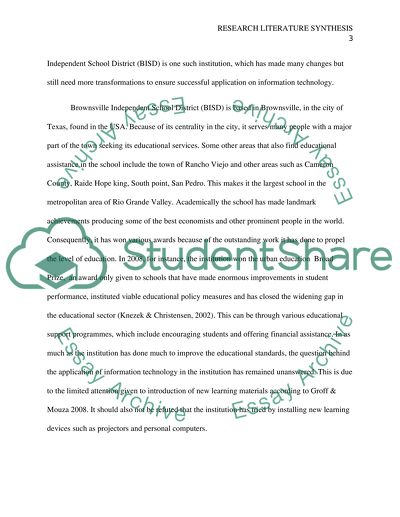Cite this document
(Integrating Technology into Teaching Research Paper, n.d.)
Integrating Technology into Teaching Research Paper. Retrieved from https://studentshare.org/technology/1401938-research-literature-synthesis
Integrating Technology into Teaching Research Paper. Retrieved from https://studentshare.org/technology/1401938-research-literature-synthesis
(Integrating Technology into Teaching Research Paper)
Integrating Technology into Teaching Research Paper. https://studentshare.org/technology/1401938-research-literature-synthesis.
Integrating Technology into Teaching Research Paper. https://studentshare.org/technology/1401938-research-literature-synthesis.
“Integrating Technology into Teaching Research Paper”, n.d. https://studentshare.org/technology/1401938-research-literature-synthesis.


